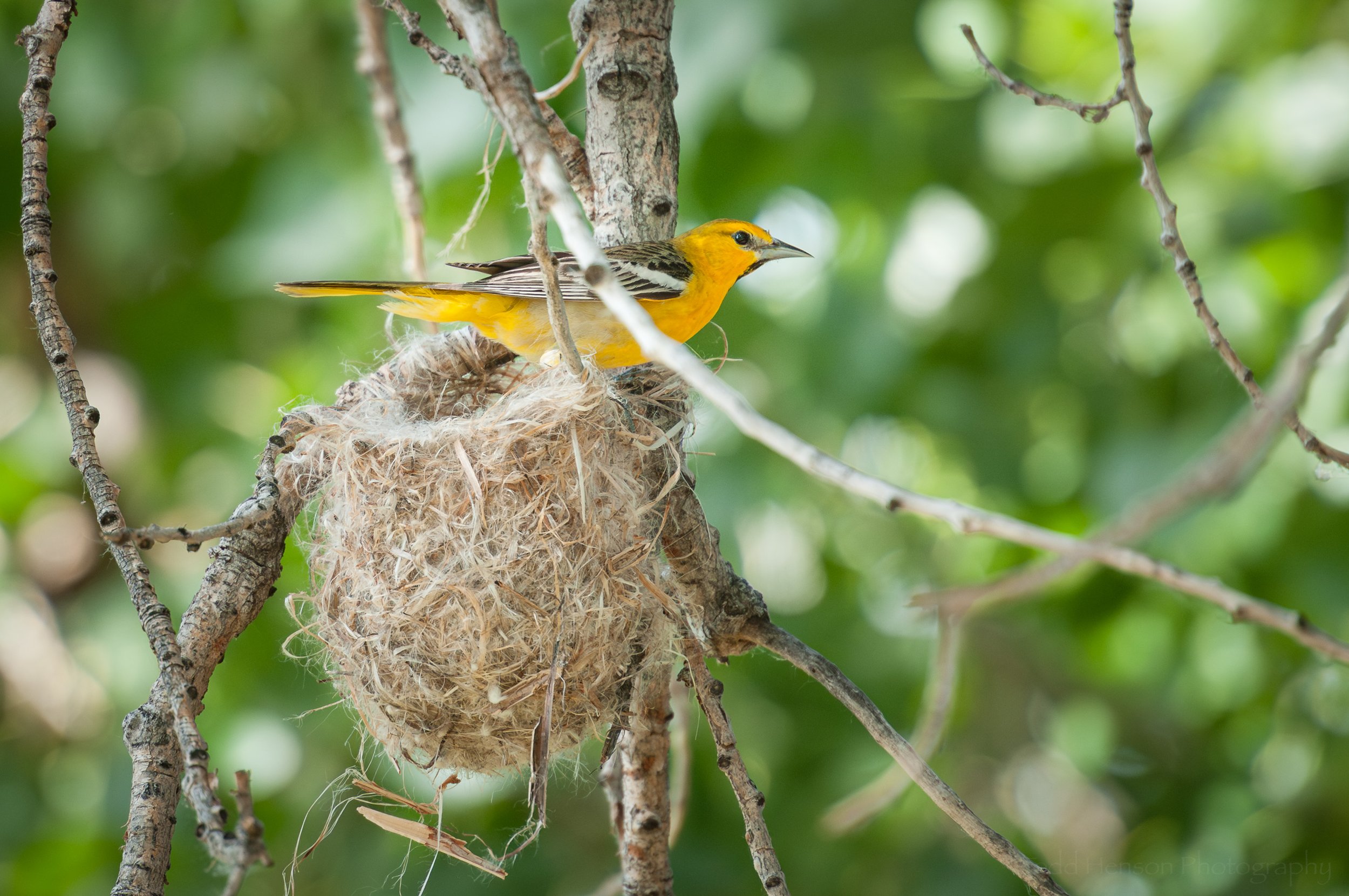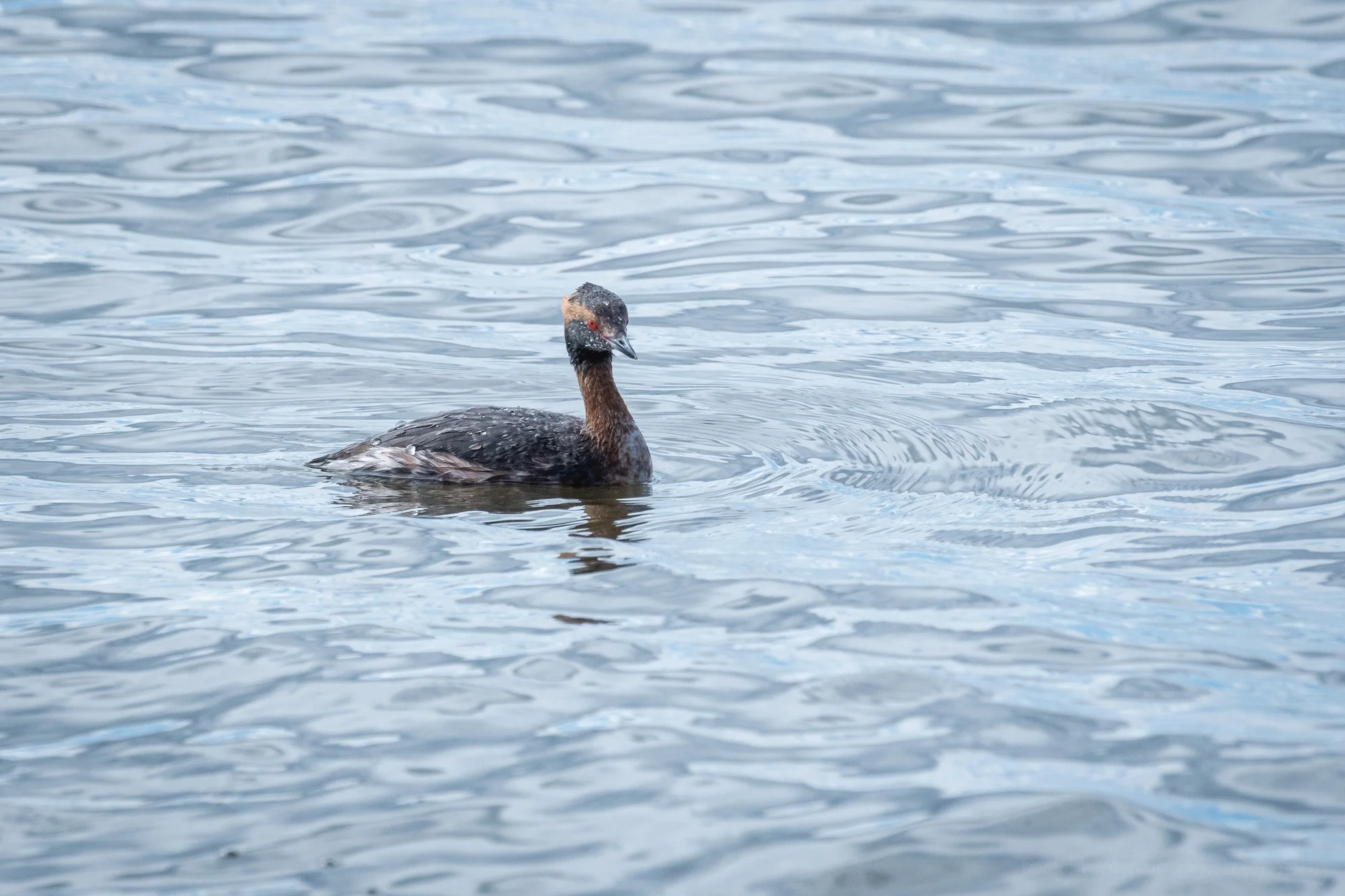A small cluster of young oyster mushrooms growing on a tree in the woods.
Mushrooms and fungi can be a common sight when hiking through the woods. You can find them growing from the ground and on living or dead trees. The mushrooms pictured here are growing from a living tree, and I believe they are a small cluster of young oyster mushrooms which are from the Pleurotus family. I found this cluster just off the trail in a Northern Virginia park in early September.
Front view of a small cluster of young oyster mushrooms.
Notice the interesting shapes of the gills that run down the stem of these mushrooms, how they run down the entire length. As they mature the caps will grow much larger and possibly darken a bit. The stem below the cap will almost disappear, leaving just the large cap and the gills underneath it.
Oyster mushrooms are a popular edible mushroom commonly found in grocery stores, though don’t take anything here as advice on harvesting them. I am still very much an amateur at identifying mushroom species.
Do you enjoy these posts?
Sign up to receive periodic emails with updates and thoughts. Don’t worry, I won’t spam you. And please consider purchasing artwork or products from my online store, and using my affiliate links in the sidebar to the right when shopping online.
I appreciate your support!






























